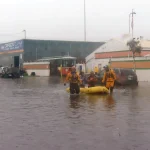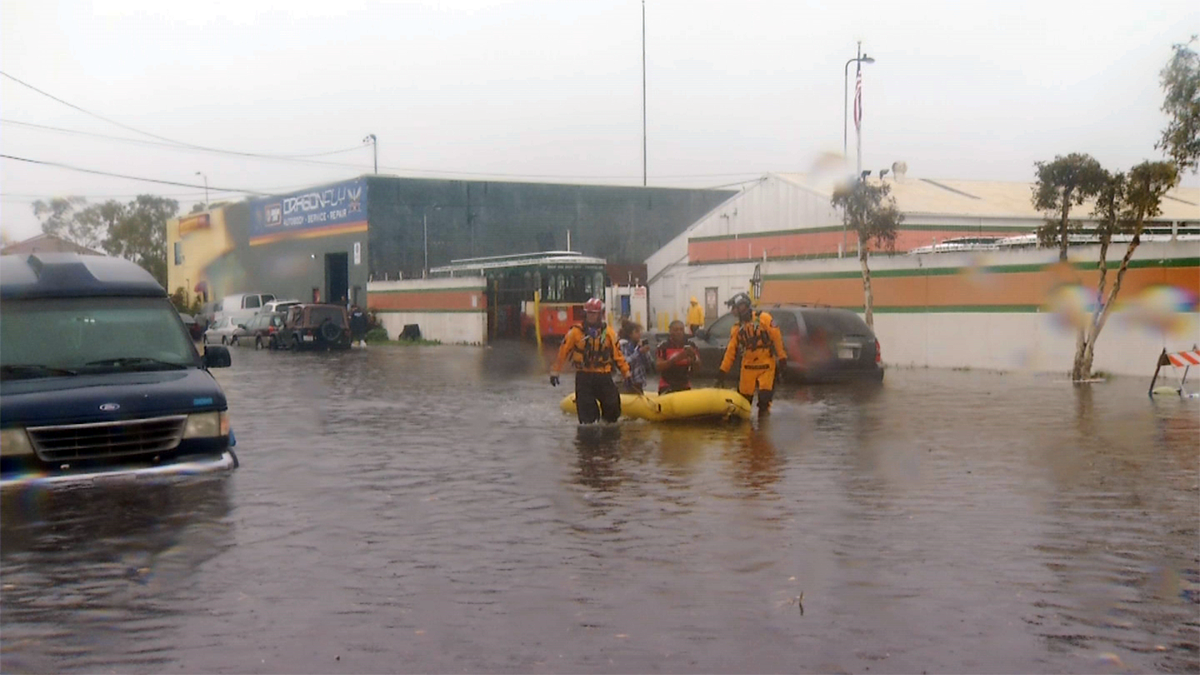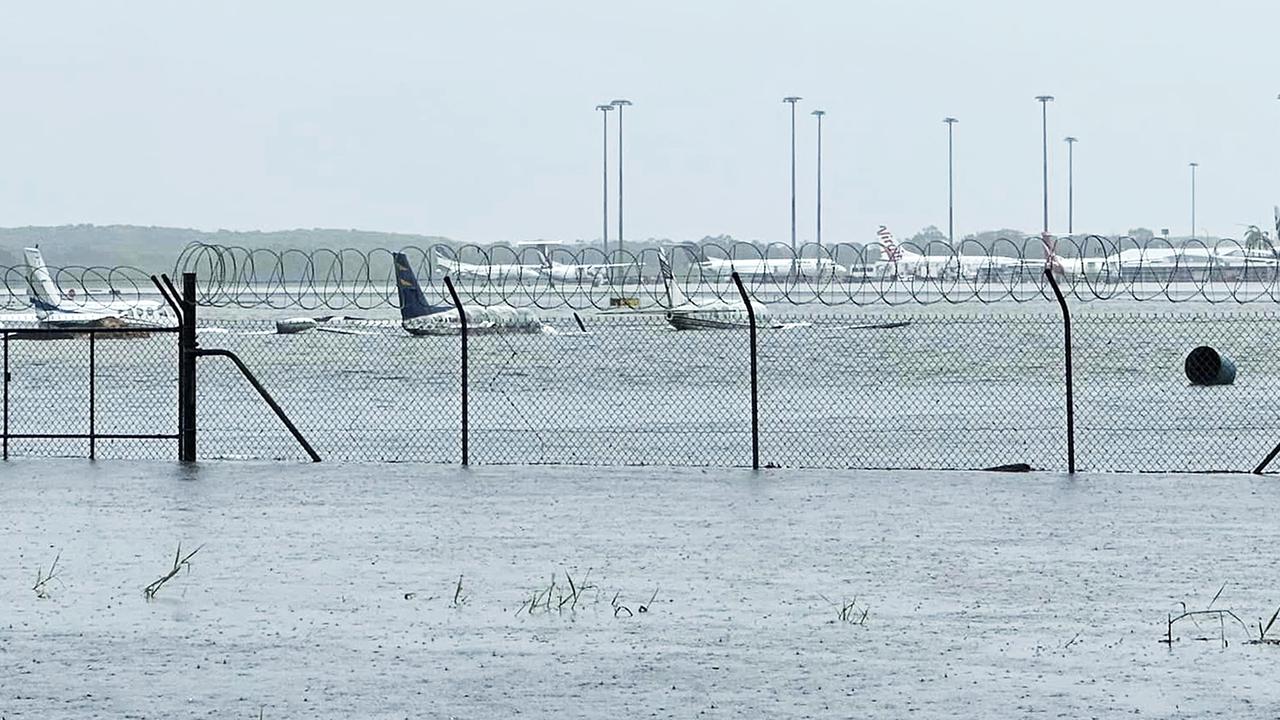Cairns Airport has reopened after heavy flooding forced it to close
Cairns Airport has reopened after travel plans were disrupted by the weather. After Cyclone Jasper ex-Tropical continued far north in Queensland, flooding Cairns Airport, the gateway to the Great Barrier…
Dawood Ibrahim Poisoned in Pakistan, Seeking Treatment in Karachi Hospital
Reports have emerged stating that fugitive underworld figure Dawood Ibrahim has been admitted to a hospital in Karachi, Pakistan, with suspicions of poisoning. However, Pakistan has not officially confirmed these…
2024 U-20 AFC Asian Cup: Vietnam is placed in the group of death
Vietnam faces tough competition in the upcoming 2024 AFC U20 Women's Asian Cup as they have been placed in a challenging group. The draw, announced by the Asian Football Confederation,…
A woman was found dead at Canberra Zoo when homicide detectives arrived at the scene
Women found dead at Canberra Zoo: A young woman working at Australia's National Zoo has been found stabbed to death in a kitchen warehouse at a popular tourist spot. Police…
BREAKING: Cairns Airport SHUT DOWN as Record Flood Grip Queensland
Cairns Airport in Queensland, Australia, has been closed in anticipation of record flooding due to ex-Tropical Cyclone Jasper, with state premier Steven Miles declaring it a "serious weather emergency". The Cairns…
Bad Blood Boils Over Between UFC Stars: Strickland and Du Plessis Brawl at UFC 296
A fierce brawl between UFC stars Sean Strickland and Dricus Du Plessis erupted at UFC 296, setting the stage for an explosive showdown at UFC 297 in January. The incident occurred…
Teenager Boy Dies After Car Crash Sparked Late Night Fire in Sydney
A 17-year-old boy has tragically lost his life after a car accident on the M5 highway southwest of Sydney. The incident occurred when the teenager's car veered out of control,…
Reds lost, West Ham and Brighton top European group
For Liverpool's youngest European team in its history, the Europa League was too much trouble in Brussels as Juergen Klopp's experimental side lost 2-1 at Union Saint Gillois. The only…
Perth Glory vs Melbourne City Prediction: December 8th, 2023
On December 8th, 2023, Perth Glory will face Melbourne City in an A-League match at the HBF Park1. The match promises to be an exciting encounter between the two teams, both…
Selena Gomez Sparks Dating Rumors with Musician Benny Blanco
Selena Gomez Sparks Dating Rumors with Musician Benny BlancoSelena Gomez, the 31-year-old singer and actress, has set the internet abuzz with speculation about her new romance with musician Benny Blanco,…













